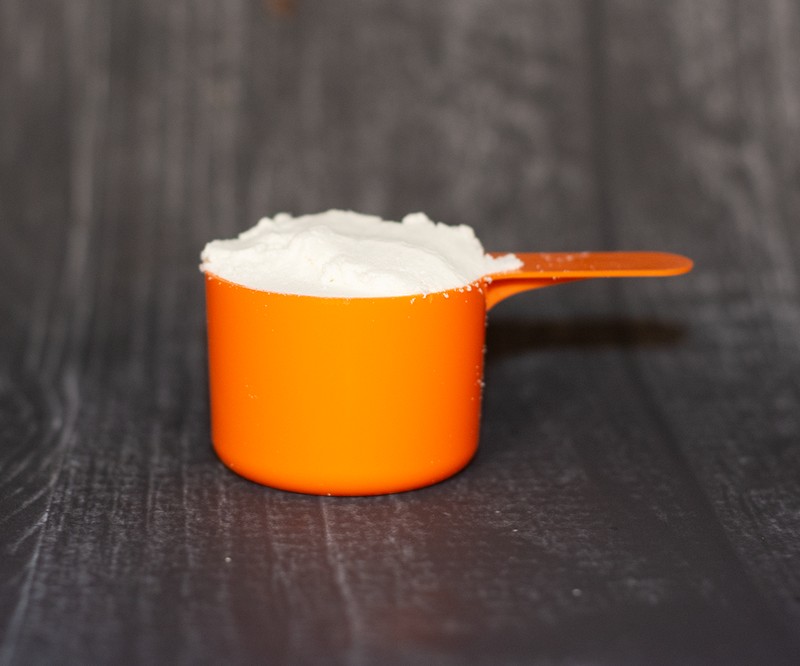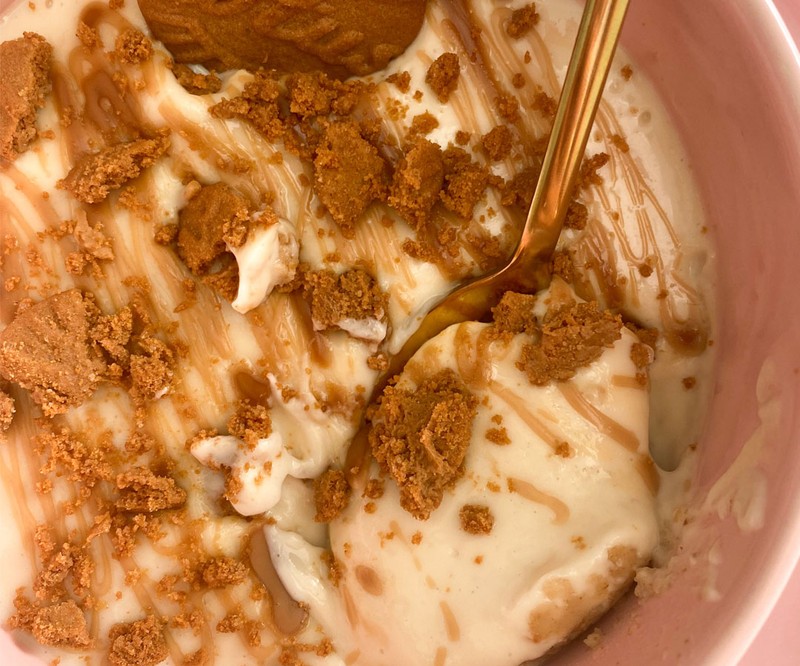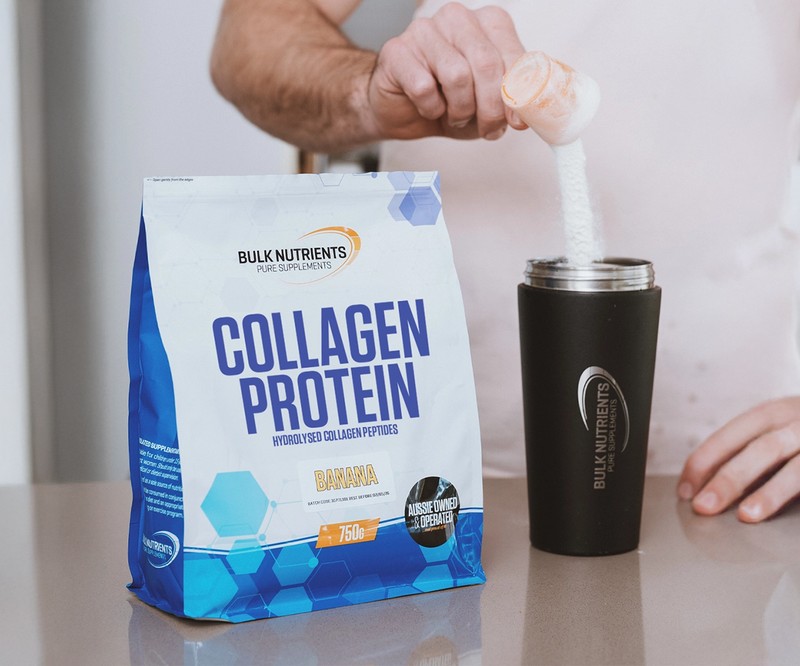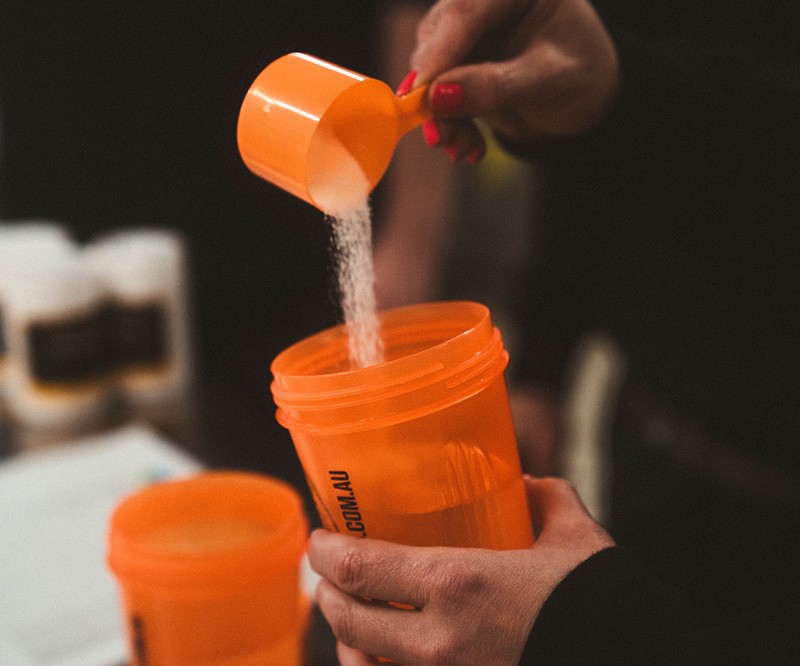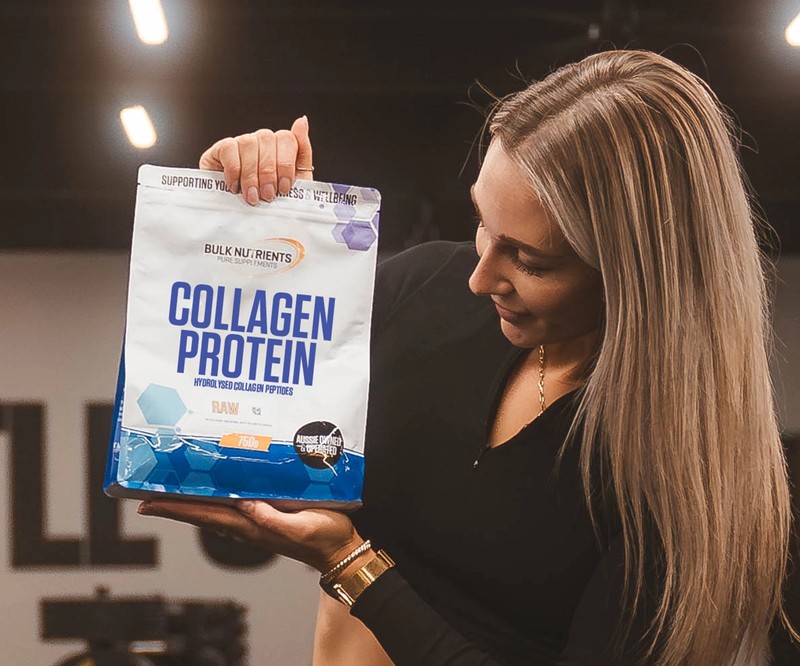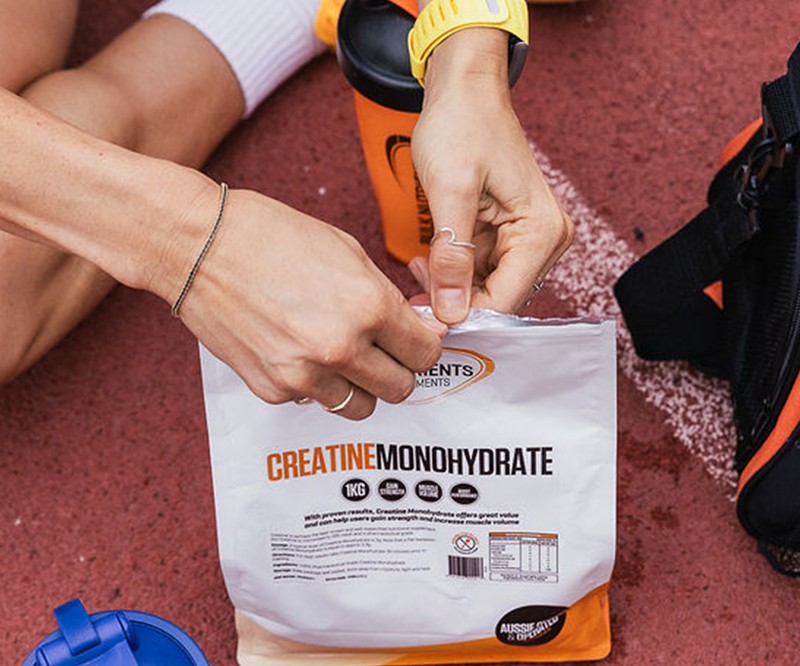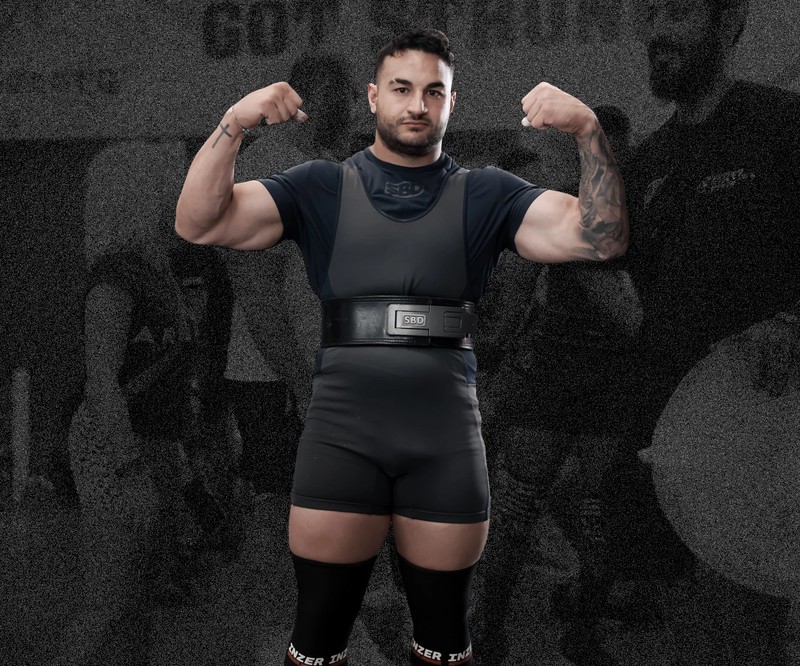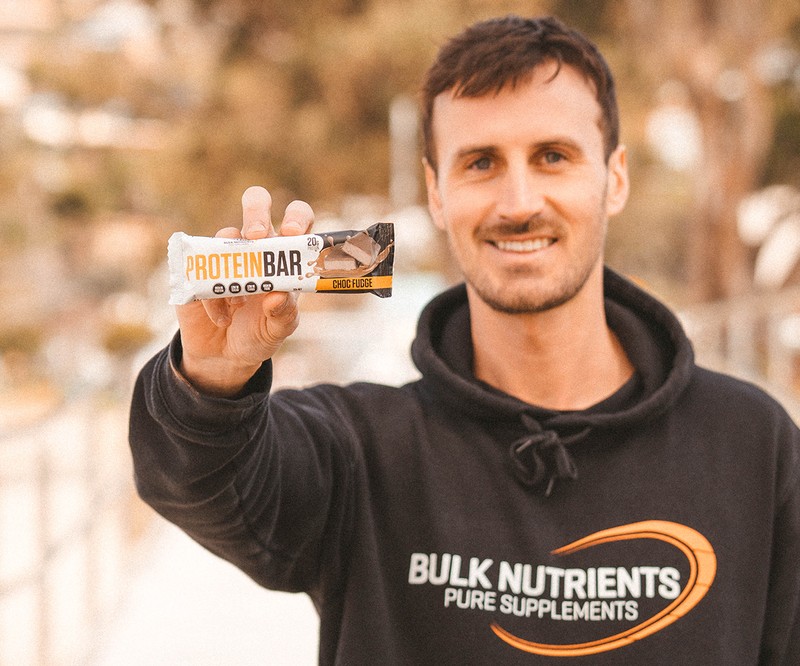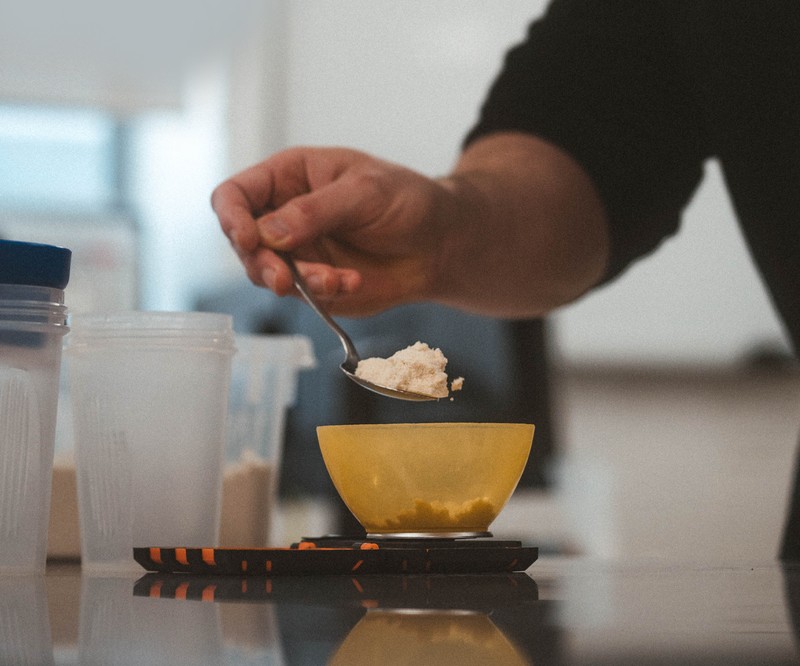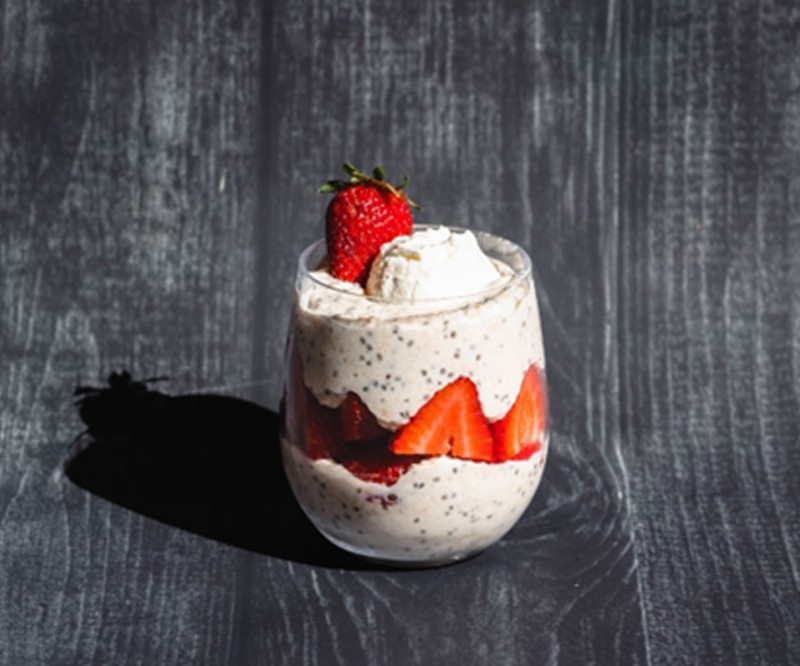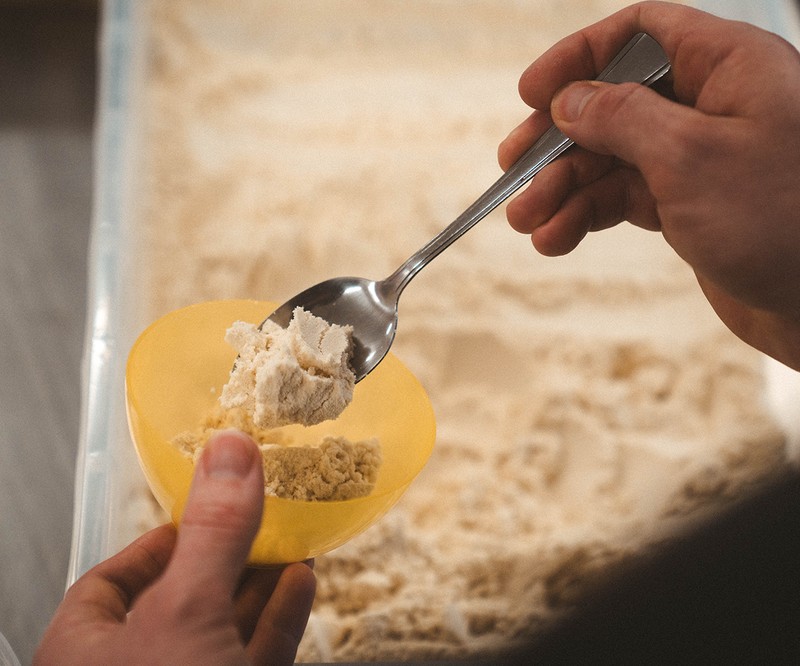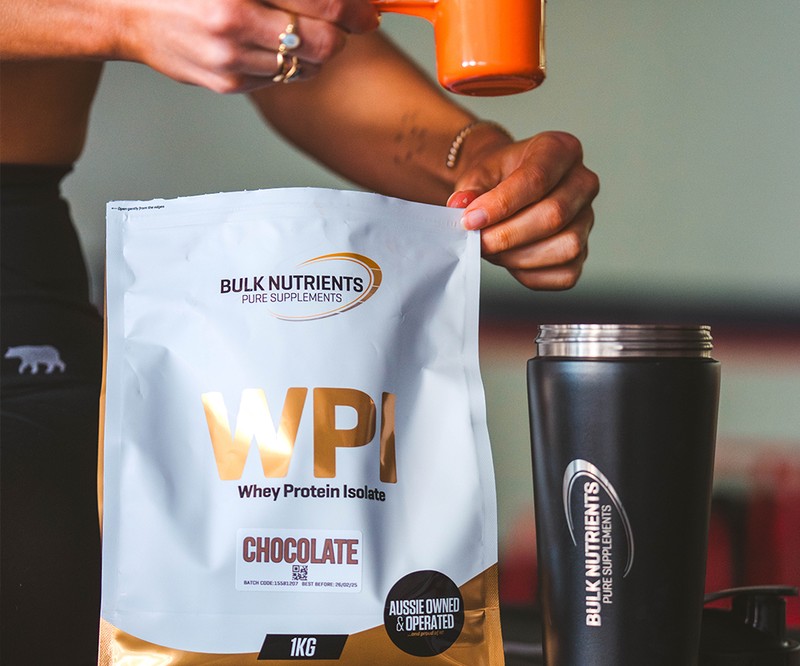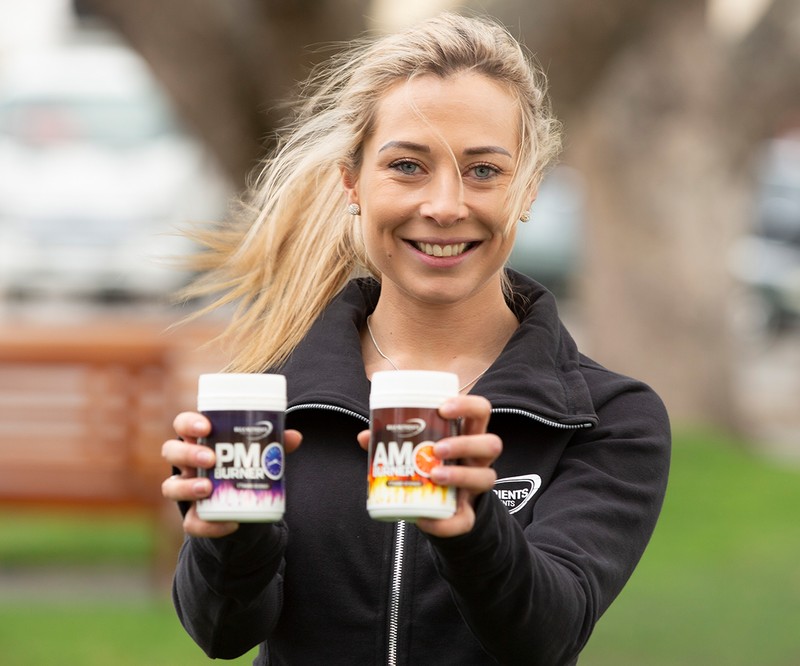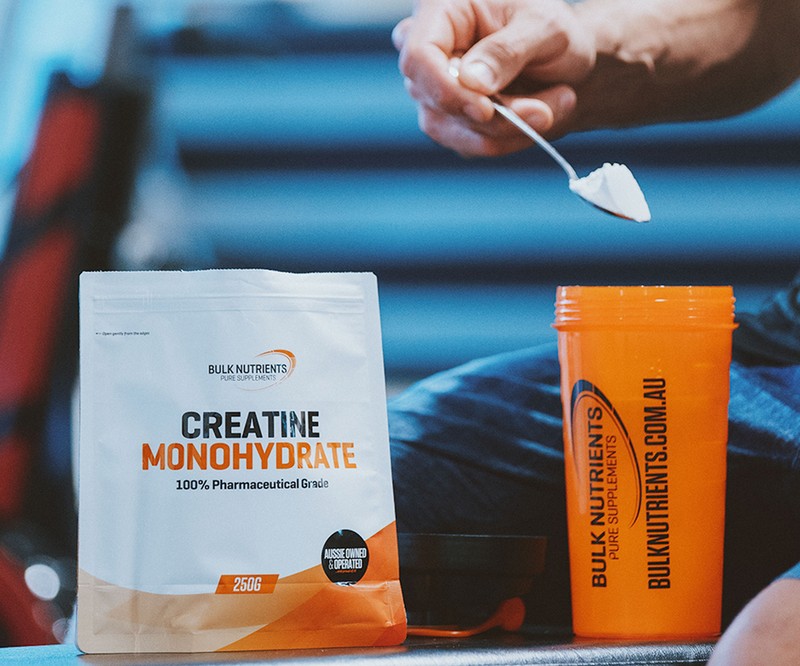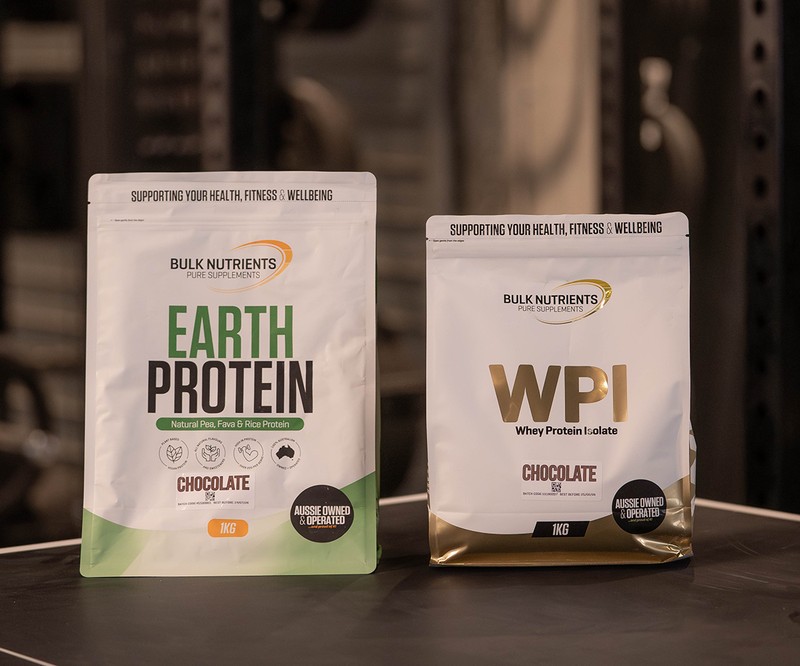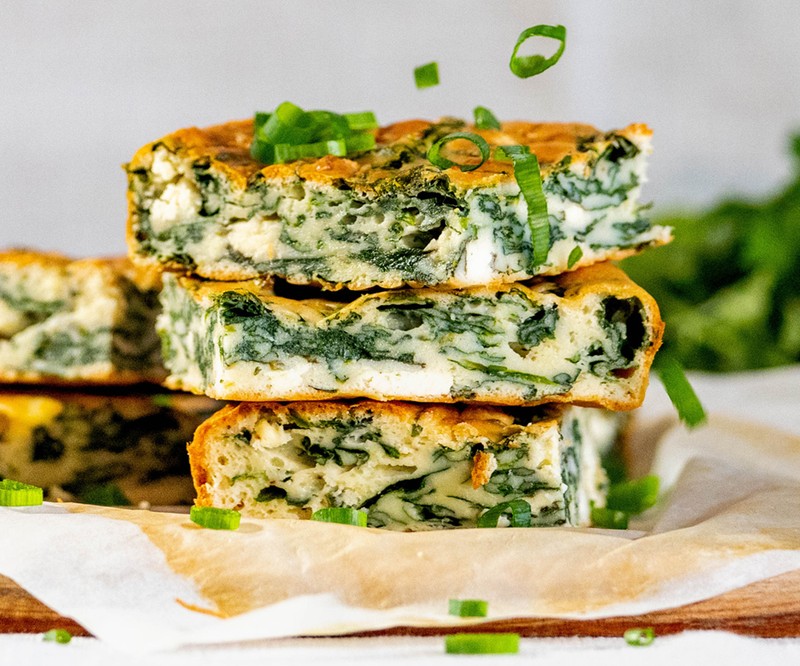Your 7-Day Eating Strategy Including Cheat Meals
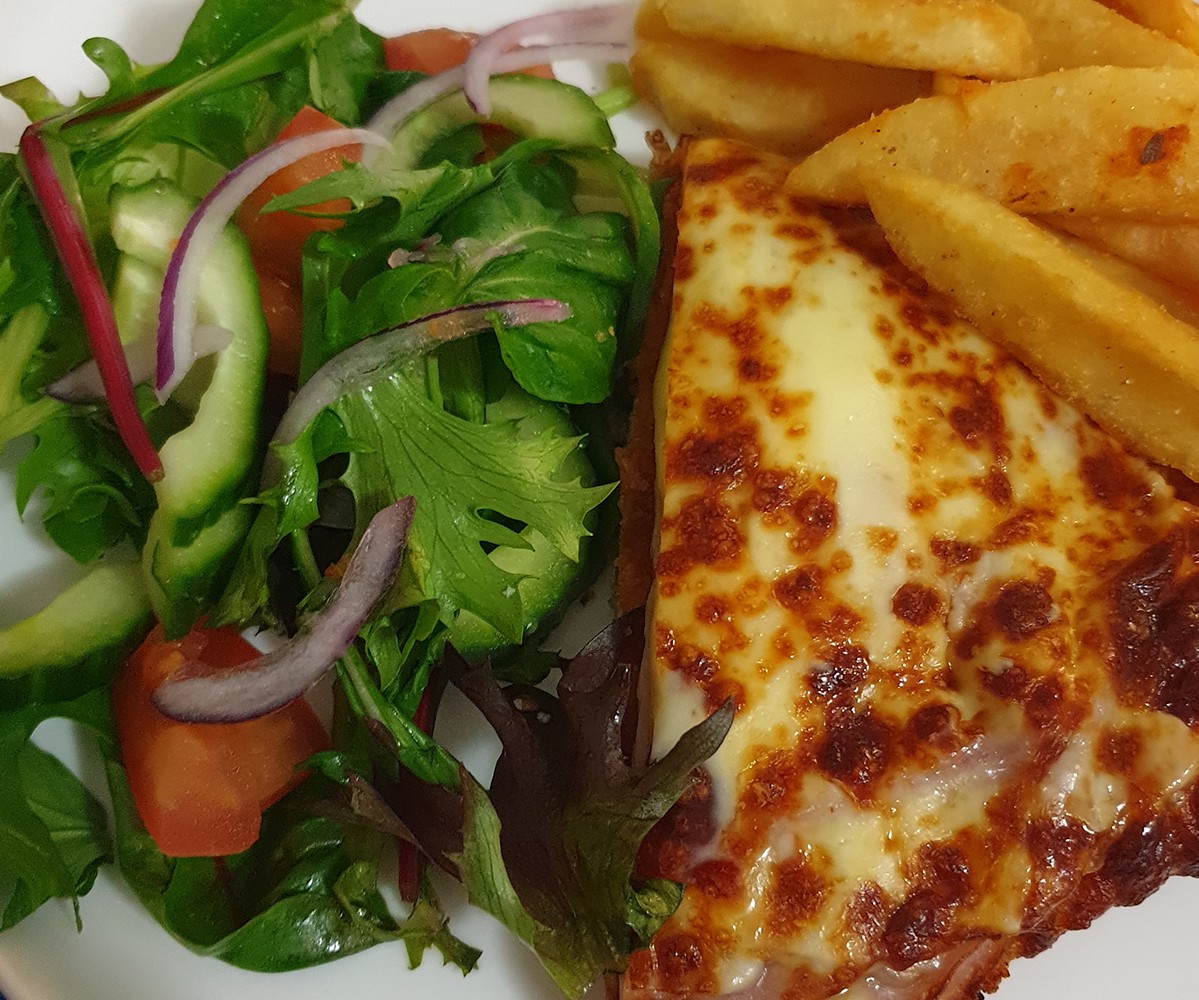
7-day eating strategy for weight loss
In a perfect week of dieting, your week would look like this:
- Monday: 500 calorie deficit
- Tuesday: 500 calorie deficit
- Wednesday: 500 calorie deficit
- Thursday: 500 calorie deficit
- Friday: 500 calorie deficit
- Saturday: Maintenance calories (eating the same amount of calories you burn).
- Sunday: 500 calorie deficit
- Total deficit for the week: 3000 calories.
Now, this is a good deficit for the week: 3000 calories!
And the reason is that there's an old weight loss yardstick that most people don't know of:
"A 7,700 calorie deficit equates to a lost kilogram of body fat."
Now whilst this is an oversimplification, it is still a strong yardstick we in the industry continue to use.
So, two weeks of this strategy and you've more or less lost a kilogram of body fat.
How to structure your day for fat loss
This is when you have to tailor how you like to eat, into your days.
So, let's say your total daily macronutrients -- set at a 500-calorie deficit for optimal weight loss -- are:
- Protein: 170 grams (680 calories)
- Fat: 80 grams (720 calories)
- Carbohydrates: 150 grams (600 calories)
- Total = 2000 calories
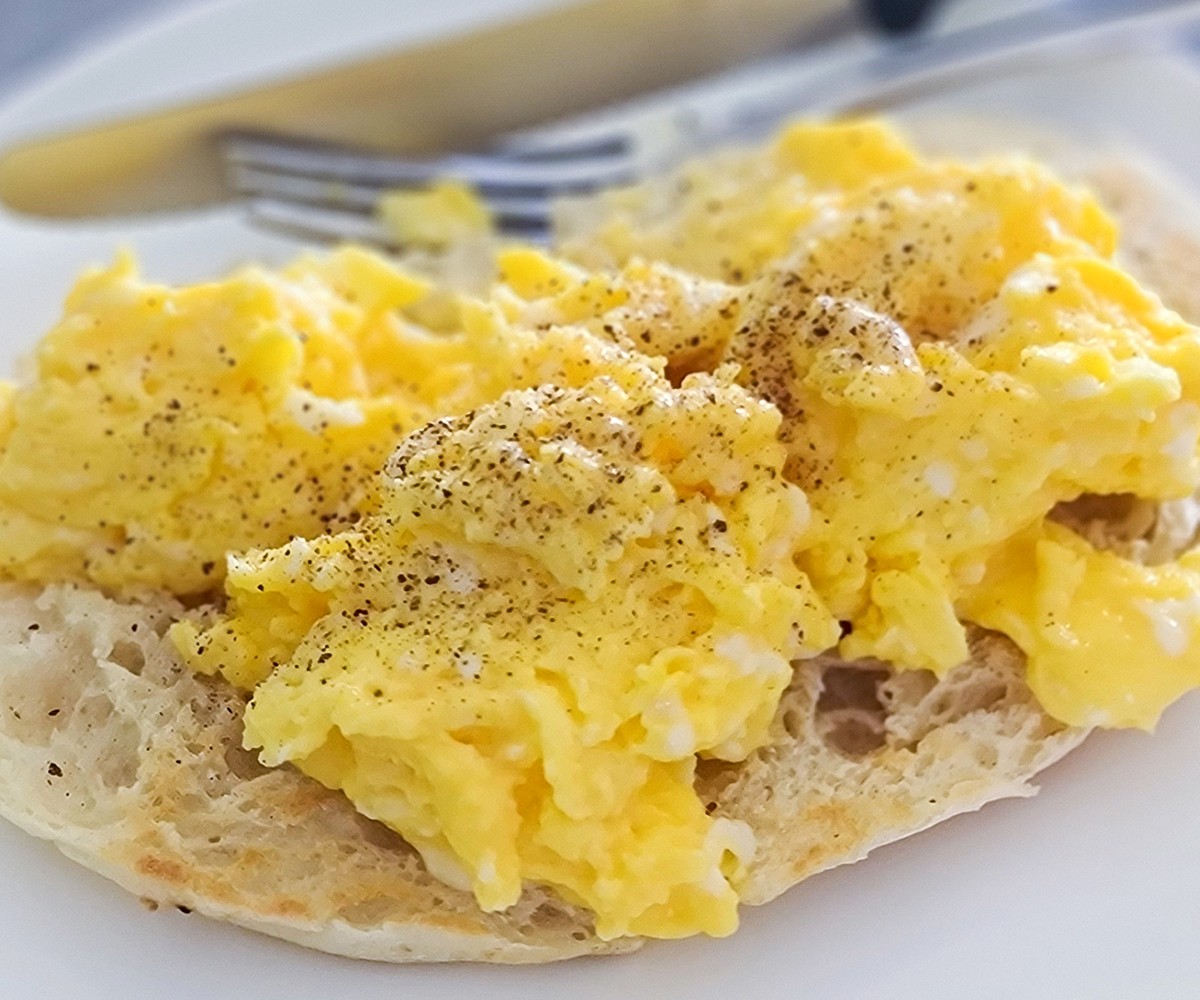
So, the questions you have to ask yourself are:
- Do I like a big breakfast, and prefer to eat less as the day goes on?
- Do I prefer to eat more at night (snacking after dinner whilst watching some TV), and eat less for breakfast and lunch?
These are personal questions you need to understand about yourself to diet successfully.
So, let's say you prefer eating more at night, then your breakfast needs to be:
- Whey protein shake
- Coffee (skim milk if needed)
If you keep the coffee black, it means you've basically used next to ZERO grams of fat and carbohydrates. But you've still knocked hunger on the head with the satiety-inducing effect of protein. But of course, feel free to use milk if you'd like.
This means your lunch can be 30-40 grams of carbohydrates, meaning a wrap or two slices of bread (that's 30-40 grams of carbs) will suffice.
Allowing for around 20-30 grams of fat from something like avocado, cheese, or egg yolks for example, and for dinner, you'd be left with:
- Protein: 110 grams
- Fat: 60 grams
- Carbohydrates: 110 grams
But keeping in mind, these remaining macronutrients are not only for your dinner but for your after-dinner snacks during TV time too. So, for example, your dinner might be a T-bone steak, white potatoes, and salad.
This would leave you with roughly:
- Protein: 70 grams
- Fat: 30 grams
- Carbohydrates: 50 grams
And this means you can have a nice snack for TV time; ice cream, popcorn, chips, or something else you fancy from time to time, or an extra service of bread or something similar to keep hunger at bay.

The truth is, scientists suggest we can have 20% of calories from sugar, without watering down our daily consumption of critical micronutrients.
So, if you have to consume 2000 calories to lose weight (as in the example of this article) then that means 400 calories can come from added sugars. That's 100 grams of your carbohydrates.
Now, cap all of this off with a protein shake before bed, and you should be full and satisfied, and able to sleep easier to wake up and do it again the next day.
And if you prefer to eat more at the start of the day and don't get cravings later on, then simply switch this strategy around: Eat more at breakfast and then taper off during the day.
Fitting in your "cheat" meal
Firstly, try not to call it a "cheat" meal, because it's not cheating! It's simply a "higher calorie meal than your average." You're not cheating, you're just restructuring your day.
In the example within this article, the subject must eat 2000 calories (and no more) to lose weight.
Now, most people go wrong with "cheat" meals by eating about 1500 calories by lunchtime, and then 1500 calories at dinner for their "cheat" meal.
This means they are in a 1000 calorie surplus at the end of the day.
It also means they're putting themselves back 2 days of dieting, given they achieve a 500-calorie deficit each day!
So, the way around this is to consume a lean protein source at breakfast and lunch, and have salads only for fibre, with a few additional calories as possible.
This means you can consume 1500-2000 calories from your "cheat" meal and not gain weight.
And when things get tough on days you feel like eating more, you can consume maintenance calories again if you must.
The bottom line on your diet plan
Once you understand how to structure your 7 days of weight loss, it becomes far easier. A 500-calorie deficit daily and understanding whether or not you want to skew the bulk of your calorie intake to morning or night is critical to understand.
Moreover, ensure you consume lean protein sources on the day of your "cheat" meal, so you gain limited body fat from it. You can have 20% of your calories daily from added sugars within your macronutrient allowance and not gain weight, helping you stave off cravings daily and to ensure you keep losing fat week to week!
References:
- Gibson SA. Dietary sugars intake and micronutrient adequacy: a systematic review of the evidence. Nutr Res Rev. 2007 Dec;20(2):121-31. doi: 10.1017/S0954422407797846. PMID: 19079865.
- Hall KD. What is the required energy deficit per unit weight loss?. Int J Obes (Lond). 2008;32(3):573-576. doi:10.1038/sj.ijo.0803720
- Kim JY. Optimal Diet Strategies for Weight Loss and Weight Loss Maintenance. J Obes Metab Syndr. 2021;30(1):20-31. doi:10.7570/jomes20065
- Westerterp-Plantenga MS, Lemmens SG, Westerterp KR. Dietary protein - its role in satiety, energetics, weight loss and health. Br J Nutr. 2012 Aug;108 Suppl 2:S105-12. doi: 10.1017/S0007114512002589. PMID: 23107521.





